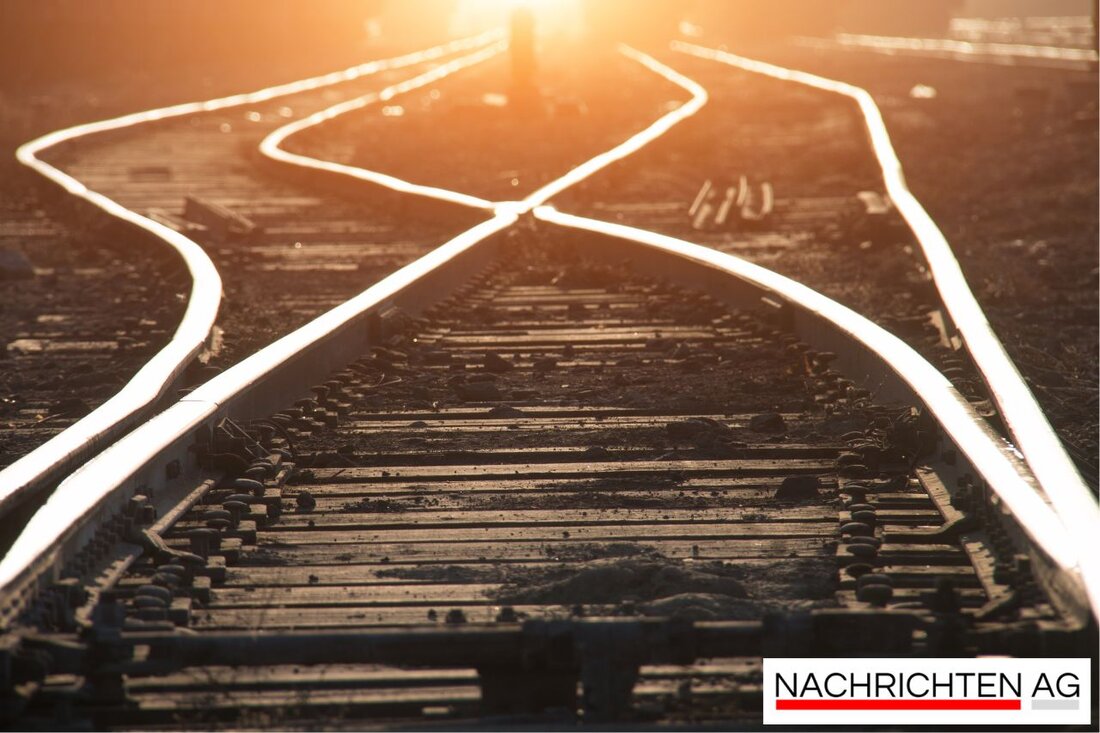Frankfurt after six months in Asia: Traveler shocked by dirt!
After returning from Asia, a traveler reported sad conditions in Frankfurt: garbage, cramped conditions and a culture shock.

Frankfurt after six months in Asia: Traveler shocked by dirt!
A returnee from Asia is causing a stir in Frankfurt after sharing his impressions of a long stay in Japan and Shanghai on Reddit. After six months in these metropolises, the traveler landed in the Main metropolis and expressed his shock at the situation in this country. He uses words like “rancid” to describe the many problems that catch his eye: garbage, dirt and an omnipresent stench are just some of the negative aspects that he denounces in Frankfurt. Stickers and coffee stains seem to be on every corner, and the crampedness of public transport and the smells set off alarm bells for travelers. [FNP].
What was particularly disturbing for the returnee was the experience of crowded elevators, trains and corridors. One user in the discussion noted that Frankfurt has a “league of its own” when it comes to such problems. He shares his own bad experience with SEK operations, which illustrates the worrying situation. One trade fair guest even reports on traumatic experiences in the city, which he associates with misery and dirt. These negative impressions run like a common thread through many user posts. However, there are also positive voices: Another user praises the air quality in Germany compared to China, which appears to be a small ray of hope in the otherwise sobering results.
Cultural diversity in the Bahnhofsviertel
One part of the city that is often in focus is Frankfurt's train station district. Originally created in the late 19th century as a modern model district, it has since experienced an eventful history. After the Second World War, the district turned into a problem area with a pronounced red light district and a drug scene. But since the 2000s, there have been signs of positive change. Today the Bahnhofsviertel is a melting pot of different cultures and histories. [Der Frankfurter](https://der-frankfurter.de/2024/10/11/das-frankfurter-bahnhofsviertel-ein- Schmelztiegel-der-kulturen-und-historie/) reports on this renaissance that has revitalized the area.
Frankfurt Central Station, which opened in 1888, is the busiest station in the country with over 450,000 travelers every day. Next to the transport hub there are numerous shops and restaurants that invite you to linger. The pulsating Kaiserstrasse forms the main artery of the district and shows a mix of historic Wilhelminian style buildings and modern shops. Taunusstrasse in particular has changed and is now known for hip bars, galleries and boutiques.
Urban development and high-rise planning
Frankfurt has repeatedly proven itself to be a city in transition. High-rise buildings have dominated the cityscape since the 1950s, with a peak in the 1960s and 1970s, which was characterized by economic growth and high-rise euphoria. This thinking is also reflected in today's urban planning, which clearly regulates where new high-rise buildings can be built. These regulations are important in order to create a balance between urban densification and quality of life, as Skyline Atlas describes.
An interesting detail is the renaming of the cityscape from “Krankfurt” to “Mainhattan”, which underlines the change in city consciousness. Frankfurt has redefined itself as a metropolis, and the required urban development innovations are a reflection of this change. However, the challenges that the returnee from Asia addresses remain present and illustrate the dual nature of this lively city.

 Suche
Suche
 Mein Konto
Mein Konto